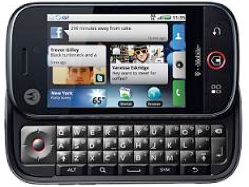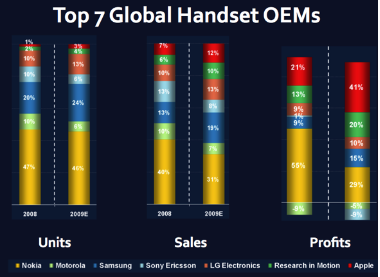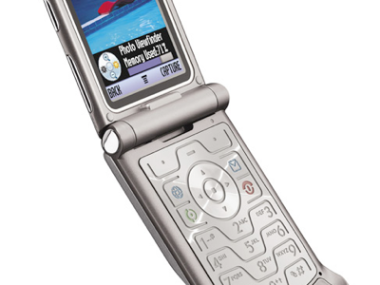 Earlier today, Motorola unveiled MOTOBLUR, a mobile social media OS of sorts that runs on top of Google Android. The company plans to introduce its first MOTOBLUR handset – CLIQ (and an international version called DEXT) – before the holidays
Earlier today, Motorola unveiled MOTOBLUR, a mobile social media OS of sorts that runs on top of Google Android. The company plans to introduce its first MOTOBLUR handset – CLIQ (and an international version called DEXT) – before the holidays
The assumption underlying this product is that “social networking” as it exists today is a job that people are specifically hiring devices to help them do. There are several problems with this assumption:
- SN is rapidly evolving. As any new medium, it takes several iterations before it’s “good enough” to solve the underlying problems. Whatever emerges (twittering, fb, or as yet unknown) will be a moving target. Users are moving quickly between these services. Assumptions about value of “stickiness” based on the social graph are proving to be flawed.
- SN is not a “job” per se. SN is a means by which people communicate and try to get something done in their lives (i.e. getting a job, getting laid, suppressing loneliness, etc.) SN will compete with various other emergent technologies that solve these underlying jobs. These disruptors could be gaming metaphors, media-centric packages, virtual spaces, etc.
Therefore building a hardware product that is positioned and intertwined with SN is highly risky.
By the way, about 1.5 years ago Nokia considered doing the same thing. SN was on everyone’s mind as the next big thing, just like email was 2 years before that. These service fads come and go. It’s no surprise that one product development cycle later the devices are emerging even though the value of the service has rapidly evolved in new directions. This points out the fact that you can’t make hardware dev cycles match service/software dev cycles. The only way to play this from a hardware perspective is with a platform approach e.g. iPhone. Let the ecosystem solve the job to be done and collect rents. I’m always surprised that this lesson from the 90s is still being forgotten by the device guys. BTW, I understand the NOK Solutions logic a bit better. It is not a major departure from the track NOK is on now. The power base remains with devices, as it has for 15 years or more.
On another level, MOT is a going concern issue right now. The approach with CLIQ is, by definition, niche. I don’t see the product as broadly attractive solving MOT cash flow issues. If they sell more than 2 million units, I’d be surprised. (note: N97 got to 2 million on the back of massive distribution power but SE Xperia did not cross 1 million and Pre will struggle to get to 2 million.) The “bet” on Android is weak and not a bet really on anything correlated to earnings growth.



